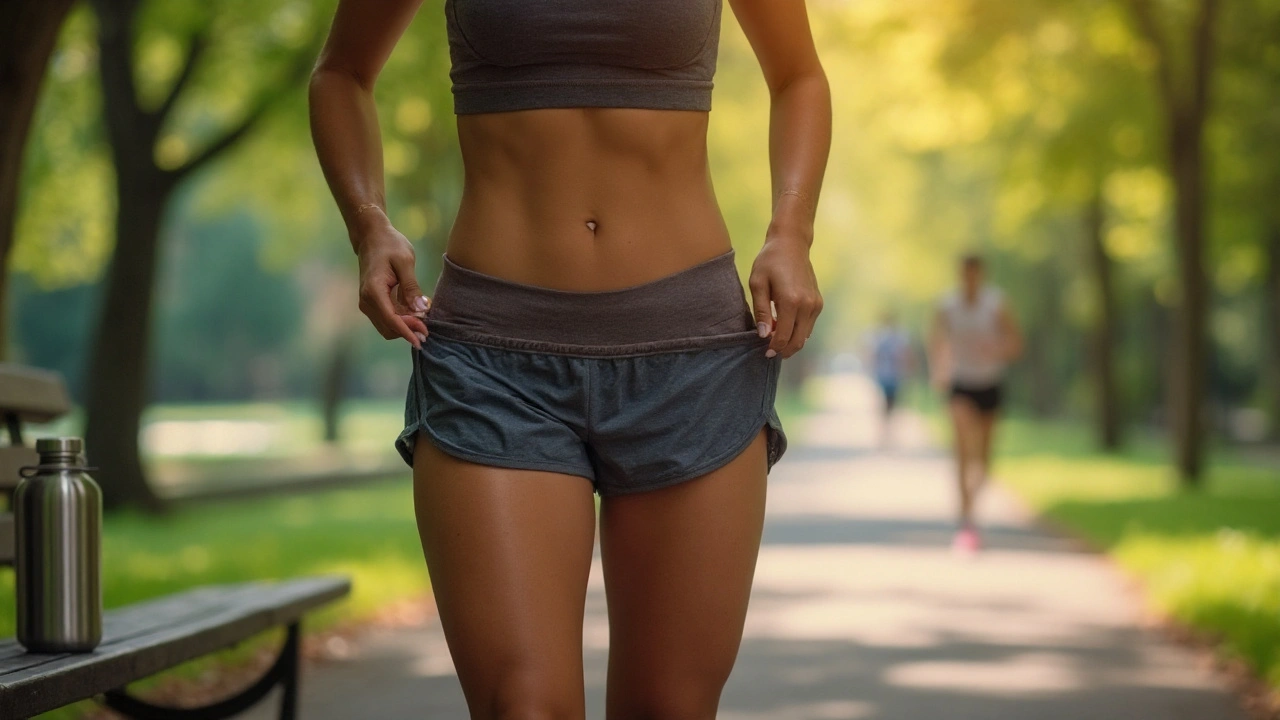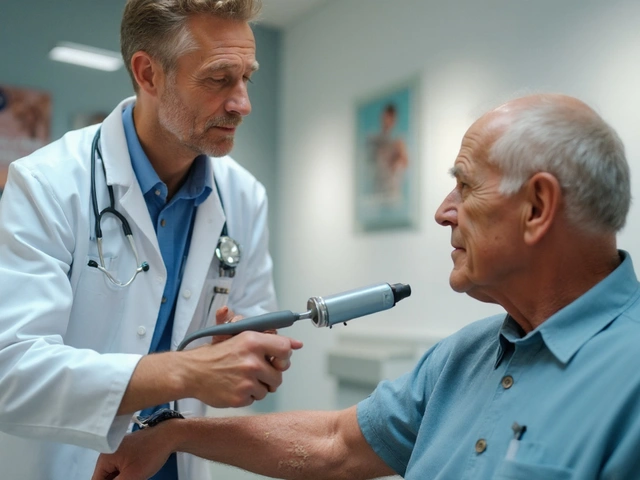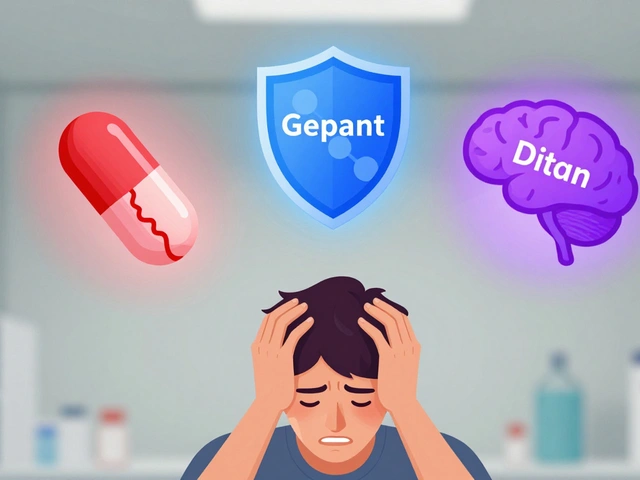Actinic Keratosis: How Dermoscopy Improves Diagnosis
September 25 2025Heat Rash: Quick Relief and Smart Prevention
Ever notice tiny red bumps after a sweaty workout or a hot day? That’s heat rash, also called prickly heat. It pops up when sweat gets trapped in your skin, causing irritation. Most people can treat it at home, but it’s good to know the signs that need a doctor’s eye.
Heat rash usually shows up in areas where clothing rubs against skin—like the neck, underarms, groin, or back. You’ll feel a mild itch or a tingling sensation, and the spots can be pink, red, or even a bit raised. In humid weather, the rash can spread quickly, so catching it early makes a big difference.
Why It Happens
The main culprit is blocked sweat ducts. When sweat can’t escape, it builds up, swells, and inflames the surrounding skin. Hot, humid conditions, tight fabrics, and heavy exercise all boost the risk. Kids and babies are especially vulnerable because their skin pores are smaller.
Other triggers include fever, spicy meals, or even using heavy ointments that don’t let skin breathe. If you’ve just started a new workout routine or switched to a tighter shirt, that could be the spark.
Fast Home Remedies
First, cool the skin. A cool shower or an ice pack wrapped in a cloth helps the sweat ducts open up again. Pat the skin dry—don’t rub—and let the area air out. If you can, wear loose, cotton clothing for a day or two.
Over-the-counter options are simple and cheap. A mild hydrocortisone cream can calm itching, while an antifungal powder (like talc) absorbs moisture. Just apply a thin layer; more isn’t better.
For stubborn spots, try a 5% zinc oxide cream. It creates a protective barrier that keeps sweat from getting trapped again. If the rash looks wet or weepy, keep the area clean with gentle soap and avoid any scented products that could irritate further.
When to call a doctor? If the rash spreads rapidly, turns yellowish, or you develop fever, it might be a secondary infection. Persistent pain or blisters are also signs to get professional care.
Preventing heat rash is mostly about staying cool and dry. Schedule workouts for cooler mornings or evenings, and always hydrate—water helps your body sweat more efficiently. After exercising, change out of sweaty clothes ASAP and give your skin a chance to breathe.
Choosing the right fabrics matters too. Natural fibers like cotton or bamboo let sweat evaporate, while polyester can trap heat. If you need to wear tighter gear for sports, look for items labeled “moisture-wicking.”
Lastly, remember that heat rash isn’t a sign of a serious disease—just a signal that your skin needs a break. With quick cooling, proper hygiene, and breathable clothing, most cases clear up in a day or two.
Keep this guide handy, and you’ll know exactly what to do the next time heat rash tries to ruin your day.
 1 Sep
1 Sep
Skin Chafing vs Skin Conditions: How to Tell the Difference and Treat It Fast
Not sure if it’s chafing or a skin condition? Clear signs, quick checks, treatments, and red flags. Practical, evidence-backed guide to feel better fast.
Read More...




